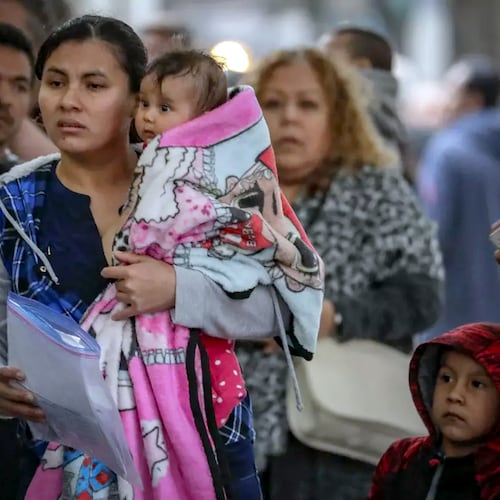For over a year I masked up, washed my hands (20 seconds), socially distanced, and avoided large crowds.
By the end of April 2021, I had had enough. I missed my family and friends. I missed cookouts and restaurants. I missed hanging out and staying in. I missed being an American.
So when the vaccine came out, I got in line, got vaccinated and started venturing out, slowly but surely.
Socially distancing was over for me, washing my hands for 20 seconds, eh, the mask -- what mask? And in spite of hearing that the vaccine doesn’t prevent you from getting SARS-CoV-2 RNA (the cause of COVID-19), I falsely believed that I couldn’t get it.
Credit: contributed
Credit: contributed
About a week ago, I tested positive. Delta is not the same coronavirus that we faced a year ago. Early estimates of viral load in people with the Delta variant have been as high as 1,000 times more than variants from early 2020. Last year, the average number of people who would be infected by an infectious person if there were no precautions in place was two or three. For delta, it’s likely six or eight.
That is a very big difference when you start looking at a spreading epidemic.
Preliminary data also indicate that the time between getting infected and being sick may be shorter. We have less time to find new cases before they can spread to others.
Credit: contributed
Credit: contributed
What I expected from my vaccine was perfection. Turns out, science is bounded by reality. Even a highly effective vaccine like the ones we have for COVID will eventually see breakthrough infections like mine if we do not control transmission here in Georgia.
But even though I got sick I did not go to the hospital because my illness was mild, and I am writing you today well into recovery. The vaccine gave me the ability to fight off the virus and protect the rest of my family from contracting COVID.
It is easy to hear about people getting cases following vaccination and immediately believe that the vaccine is not working. But 90% efficacy for preventing disease means some exposed individuals are going to get sick.
Two elements determine how many infections there are:
1.) What percent of Georgians are vaccinated, and;
2.) How many infectious individuals there are currently. Right now only the second number is going up, and transmission is primarily driven by unvaccinated individuals.
We need that to change.
So what can we do?
Well, our very best tools are undoubtedly the vaccines we anticipated all of last year. If you have been hesitant to get vaccinated because of lack of information, or because it did not fit into your schedule, now is the time to take that extra step to get the information you need, and to schedule that appointment.
If you have had your vaccine, or you have reason not to get vaccinated, you still have tools at your disposal. Risks are additive.
Every action you take that is the safer option helps decrease your chance of infection. Like vaccination, personal decision-making is also not a flawless and perfect process.
Grocery pick-up one time decreases your risk that day because that’s one crowd you did not encounter. Wearing a mask at school decreases your chance that day by adding a barrier between you and virus from other people.
Every choice to reduce risk helps.
Going back to precautionary principles is hard. Watching this epidemic pick up again is also hard. It can feel hopeless and it can feel overwhelming, but we can find a way through it and to the other side.
Be safe, get vaccinated, wear your mask, and live your life.
State Rep. James Beverly, D-Macon, is an optometrist and the minority leader of the Georgia House of Representatives.
State Rep. Rebecca Mitchell, D-Snellville, contributed to this guest column. She is a Ph.D. infectious disease epidemiologist.
Credit: TNS
Credit: TNS
About the Author
Keep Reading
The Latest
Featured



